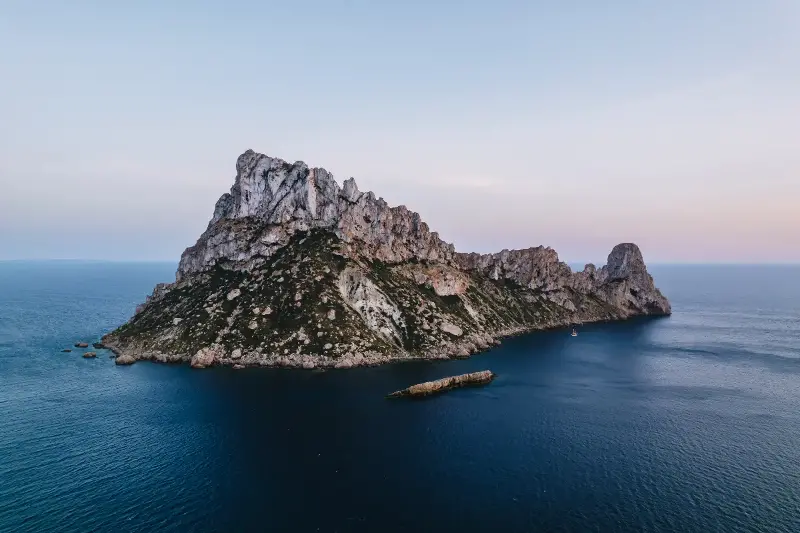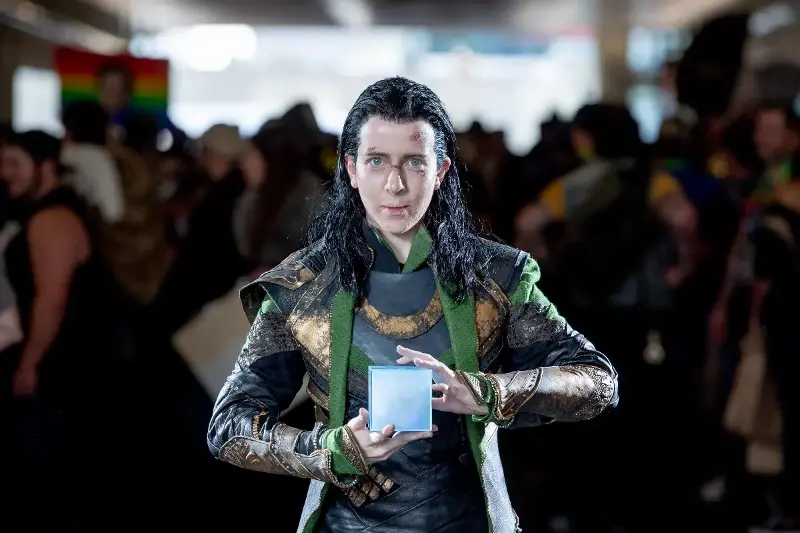From the misty mountains of China to the lush isles of Ireland, humankind has spun tales filled with dragons, islands, and tricksters for thousands of years. But why do cultures separated by oceans share such strikingly similar legends? These recurring fairytale elements didn’t just travel with merchants and explorers—they hold deep truths about what it means to be human.
Dragons: Guardians, Foes, and Fortune

Dragons are perhaps the world’s most recognisable mythological creature. In Chinese folklore, the dragon is revered—a symbol of power, good fortune, and imperial might. Emperors claimed to be descendants of dragons, and festivals like the Dragon Boat Festival celebrate their influence. By contrast, in Western tales such as the medieval story of St. George and the Dragon, dragons are fearsome beasts, hoarders of treasure, and obstacles for heroes to overcome.
Interestingly, stories of dragons appear on every inhabited continent, often with similar features: immense power, the ability to fly or breathe fire, and an association with water, storms, or volcanoes. In Maori legend, the taniwha is a serpentine guardian of rivers and caves. In Aztec mythology, the feathered serpent Quetzalcoatl is both a creator and a bringer of destruction. Psychologists suggest that dragon myths could be rooted in ancient humans’ instinctive fear of snakes and large predators. Anthropologists, meanwhile, see dragons as a way to explain natural phenomena—thunder, earthquakes, or comets—in an era before science.
Islands: Edens and Encounters Beyond the Horizon

Islands offer the perfect setting for fairytales: they’re isolated, mysterious, and full of hidden dangers or treasures. The Odyssey, one of the oldest recorded stories in Europe, is nearly a catalogue of strange islands, each with its own challenges—think of the cyclops’ cave or the treacherous lair of Circe.
Far to the west, Irish and Celtic folklore is steeped in stories of enchanted isles, like Hy-Brasil or Tír na nÓg, where time stands still and heroes return home unchanged centuries later. Similar tales pop up in Polynesian narratives, where voyagers seek out new lands guided by the stars and spirits.
What draws us to island stories? Anthropologists believe islands represent the unknown aspects of our world—and ourselves. They are microcosms where normal rules don’t apply, giving storytellers a blank canvas to explore themes of temptation, danger, escape, or utopia.
Tricksters: Wit and Survival Across Civilisations

Wherever you journey in the world’s storytelling landscape, the trickster is never far away. With their quick wits, moral ambiguity, and talent for chaos, tricksters like Anansi the spider, Loki, or Reynard the fox disrupt the status quo.
In African tales, Anansi outsmarts animals bigger and stronger than himself, teaching listeners the value of intelligence over brute force. The Norse god Loki isn’t evil in the traditional sense, but he certainly stirs up trouble, often forcing the other gods to confront their own mistakes or prejudices. Native American legends include Coyote and Raven, who shape the world through playful—and sometimes disastrous—pranks.
Tricksters often speak for the powerless, challenging kings or gods with a joke or a clever riddle. They remind us that rules can be bent—and sometimes, that’s how progress happens.
Why Do Different Cultures Tell the Same Stories?
You might wonder: why do such specific symbols and characters pop up, again and again, in stories from cultures that had little or no contact with each other? The answer lies partly in our shared human experience. Across all societies, people grapple with the same fears, hopes, and dreams. Dragons, islands, and tricksters represent the dangers we must face, the mysteries we seek, and the cleverness we hope is within us all.
Modern researchers see these symbols as archetypes—universal images embedded deep in our collective psyche. When we share and reshape these stories, we pass along cultural values, survival tips, and lessons for the next generation.
So next time you hear about a cunning fox, a distant enchanted island, or a terrible dragon, remember: you’re participating in a story older—and more worldwide—than any one nation or language. These legends connect us across time and place, showing just how similar we really are.
